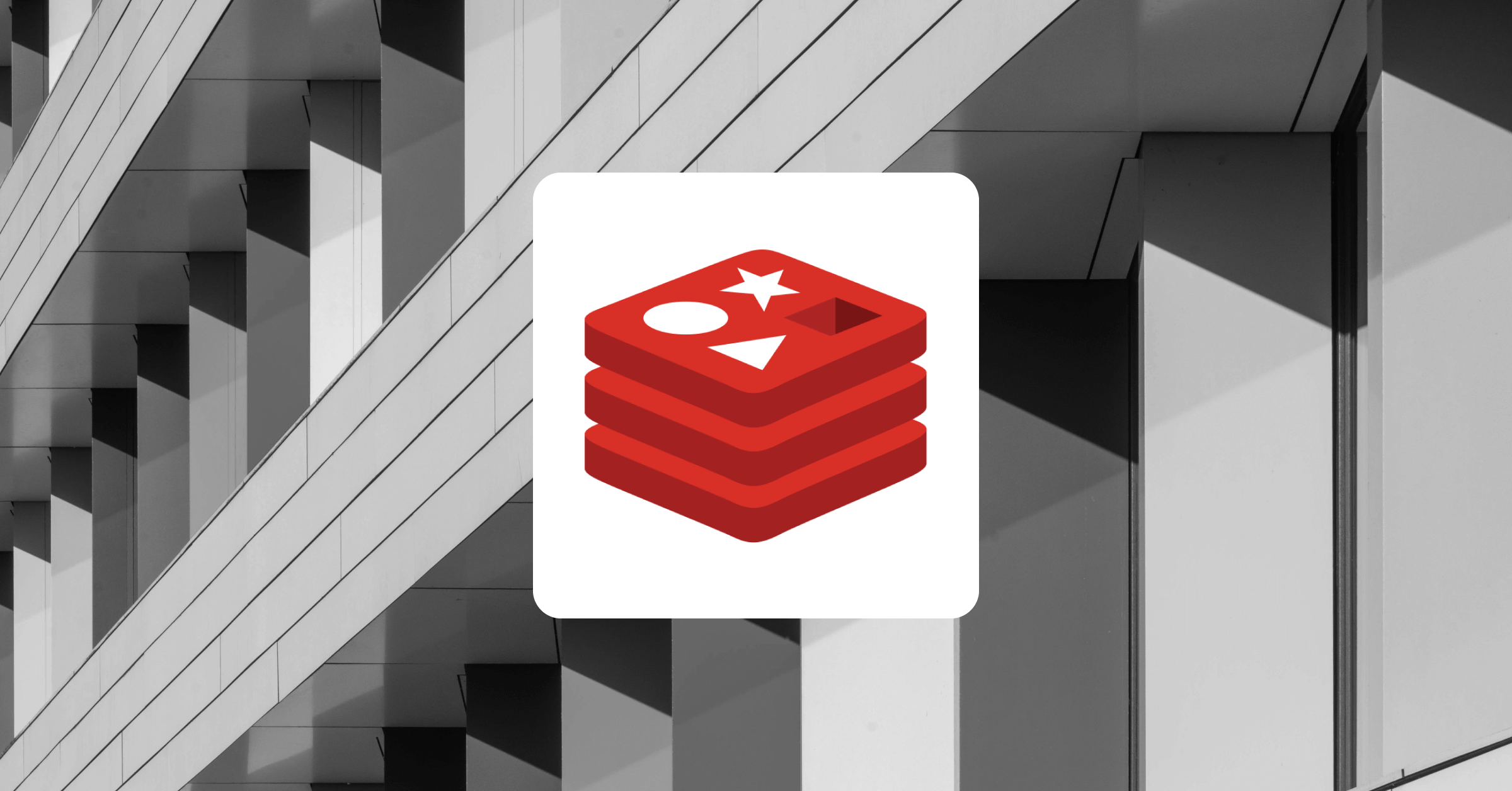
Turning Neovim into a Full-Fledged Code Editor with Lua
In the first installment in this tutorial, we explored why Neovim and Lua are a perfect match — and what you can do out of the box to customize Neovim so you can accomplish more every time you sit down to code.
Now, it’s time to examine how to tap into even more potential with Neovim and Lua by extending the code editor with additional plugins to unlock new capabilities.
Install plugins to add new capabilities
This is where the combination of Neovim + Lua really shines.
The integration of third-party plugins into your Neovim configuration means that you have unlimited extensibility when it comes to personalizing your editor.
Plugins allow you to add functionality to Neovim in the form of git integration, fuzzy finders, file browsing, syntax highlighters, autocompletion, terminal integration, debugging, collaborative editing… The list of awesome Neovim plugins is huge and growing by the day.
Let’s set up a few basics that will give you a solid foundation for using Neovim as your editor of choice.
Manage your plugins with Packer
The first thing you’ll need is a plugin manager. While it’s possible to manually install these plugins yourself, it’s much simpler for you to use a solid tool that can take care of installing, updating, and removing packages on your behalf.
One of the most popular package managers for Vim and Neovim alike is vim-plug. While there is a way to use vim-plug in Lua, the goal of this tutorial is to respect Lua’s place as a first-class language in the latest releases of Neovim. As such, let’s learn how to use a package manager that’s actually written in Lua itself: Packer.
Inspired by the Emacs use-package macro, Packer is built on top of Vim’s native functionality for handling packages. It offers several useful features — including lazy loading (for reducing startup time), using Luarocks, and working directly with git branches.
Packer needs to be installed somewhere on your packpath. These are directories that Neovim uses to find packages. To see what locations on your file system are currently in your packpath, you can execute the following Lua command in command mode:
:lua print(vim.o.packpath) The output should return several comma-separated values showing the absolute filepaths of various locations on your system that Neovim will look through when loading packages. For instance, the first entry in the author’s packpath is /home/jayascript/.config/nvim. In other words, Packer can be installed in the same directory that’s been used to configure Neovim so far.
It turns out this is a good solution, as it keeps all of your Neovim configurations — packages and all — in a single directory.
Let’s go ahead and install Packer to this directory. On Unix systems, you can simply clone the repository into the desired directory:
git clone --depth 1 https://github.com/wbthomason/packer.nvim\
~/.config/nvim/site/pack/packer/start/packer.nvim
This should create a new folder /site in your Neovim configuration directory. You can take a look at all of the new files and folders created in this directory. This is where Packer will install and configure any plugins you specify.
First, you’ll need to tell Neovim that it should use the Packer plugin. In your /lua subdirectory, open a new file in Neovim called plug.lua and add the following lines of code:
-- [[ plug.lua ]]
return require('packer').startup(function(use)
-- [[ Plugins Go Here ]]
end,
config = {
package_root = vim.fn.stdpath('config') .. '/site/pack'
})This code block says to load the Packer module each time Neovim is started. It also sets the package_root to the location where you cloned the Packer repository. Next, uncomment the line that imports your plugins module in your init file:
-- IMPORTS
require('vars') -- Variables
require('opts') -- Options
require('keys') -- Keymaps
require('plug') -- Plugins: UNCOMMENT THIS LINENow, when you restart Neovim, you might see an error message that reads module ‘packer’ not found. If this happens, then you’ll need to update the packpath variable to ensure Neovim knows where to find the Packer installation. You can do this by adding the following lines of code to vars.lua:
--[[ vars.lua ]]
local g = vim.g
g.t_co = 256
g.background = "dark"
-- Update the packpath
local packer_path = vim.fn.stdpath('config') .. '/site'
vim.o.packpath = vim.o.packpath .. ',' .. packer_pathHere, you create a local variable packer_path that points to the new site folder in your Neovim configuration directory, the same one that was created when you cloned the Packer repository. Then, you update the packpath by appending this location to the existing packpath. (The double dots, i.e., .., is the Lua syntax for string concatenation.)
Now, open a new buffer in Neovim and you should see that this error has been resolved.
You can confirm that Packer was successfully installed and located by running :PackerStatus in command mode. You’ll probably see an error message that reads something like this:
packer_plugins table is nil! Cannot run packer.status()!All this means is that Packer has no plugins to operate on. Not to worry! We can fix this quite easily. Let’s get started adding some plugins to your Neovim configuration.
Browse files with nvim-tree
One of the first things you might want to install is a more intuitive file browser. Neovim has several options for you to choose from; NERDTree is a popular one.
However, in keeping with the theme of choosing Lua-first alternatives, this tutorial will use nvim-tree, which is written in Lua.
To install a new plugin, open plug.lua and add a new entry to the Packer startup function:
To install a new plugin, open plug.lua and add a new entry to the Packer startup function:
-- [[ plug.lua ]]
return require('packer').startup(function(use)
-- [[ Plugins Go Here ]]
use { -- filesystem navigation
'kyazdani42/nvim-tree.lua',
requires = 'kyazdani42/nvim-web-devicons' -- filesystem icons
}
end,
config = {
package_root = vim.fn.stdpath('config') .. '/site/pack'
})For each new plugin you want to install, you’ll declare a use-package statement. This declaration generally follows the form of use { 'username/repository' } for packages installed from GitHub. This way, Packer will be able to update any specified plugins by pulling down changes directly from the repository.
Then, run the command :PackerInstall in command mode. A split should pop up showing that Packer has pulled the code down from GitHub and installed the plugins. If anything goes wrong, it’ll show an error message that you can use to troubleshoot any problems.
After you install the plugin, you should tell Neovim about it to ensure you don’t bump up against any errors. Add a new section to your init file and make sure that nvim-tree is a required import:
-- IMPORTS
require('vars') -- Variables
require('opts') -- Options
require('keys') -- Keymaps
require('plug') -- Plugins
-- PLUGINS: Add this section
require('nvim-tree').setup{}Now that your file browser is installed and configured, you’ll need to set up a keybinding to toggle it. Do this by adding the following lines of code to your keys.lua file:
--[[ keys.lua ]]
local map = vim.api.nvim_set_keymap
-- remap the key used to leave insert mode
map('i', 'jk', '', {})
-- Toggle nvim-tree
map('n', 'n', [[:NvimTreeToggle]], {}) This new keymapping is available in normal mode. The key sequence uses your leader key (which you defined in your init file) as well as the letter n, and the command to execute is the one that toggles nvim-tree. Once you’ve saved and sourced all your files, you should be able to toggle the filetree open and closed. You can also jump between the filetree and any open files you have by pressing CTRL+w and then h, j, k, or l, depending on which direction you want to move. This will make it much faster for you to build out your custom configuration, as you can easily switch back and forth between each file using the tree.
Lookin’ good
This section will help you to configure your editor aesthetics. Using Packer, you’ll install the following plugins:
- Startify: start screen for Neovim.
- Beacon: helps you see your cursor jump.
- Lualine: a statusline written in Lua.
- Dracula: a Neovim colorscheme written in Lua.
Let’s add a Theme section to the plugins file and tell Packer to install them:
-- [[ plug.lua ]]
return require('packer').startup(function(use)
-- [[ Plugins Go Here ]]
use { -- filesystem navigation
'kyazdani42/nvim-tree.lua',
requires = 'kyazdani42/nvim-web-devicons' -- filesystem icons
}
-- [[ Theme ]]
use { 'mhinz/vim-startify' } -- start screen
use { 'DanilaMihailov/beacon.nvim' } -- cursor jump
use {
'nvim-lualine/lualine.nvim', -- statusline
requires = {'kyazdani42/nvim-web-devicons',
opt = true}
}
use { 'Mofiqul/dracula.nvim' } -- colorscheme
end,
config = {
package_root = vim.fn.stdpath('config') .. '/site/pack'
})Run :PackerInstall to add the new plugins.
Exit Neovim and open an empty buffer. You should see Startify enabled, with a quote from cowsay at the top of the screen. You should be able to quickly jump to a recent file for editing. If you jump up and down using the Vim keys, you should see that Beacon is enabled as well.
However, the Lualine may not be showing up, and the colors are still kind of ugly. You’ll need to make a few additional configurations to solve these issues.
Use Startify to open opts.lua and add the following to your Theme section:
--[[ opts.lua ]]
local opt = vim.opt
local cmd = vim.api.nvim_command
-- Snip...
-- [[ Theme ]]
opt.syntax = "ON" -- str: Allow syntax highlighting
opt.termguicolors = true -- bool: If term supports ui color then enable
cmd('colorscheme dracula') -- cmd: Set the colorschemeAt the top of the file, you alias the Neovim API command to cmd, which allows you to easily run Vim functions in Lua. Then, you call the command you want to execute (here, the one for setting the colorscheme) in the relevant section of your configuration file.
Go ahead and refresh the buffer with :luafile %. The colors should update automatically. Much better!
The last thing you’ll do in this section is configure Lualine. Use nvim-tree to navigate to your init file and add this code to the very bottom:
-- PLUGINS
require('nvim-tree').setup{}
-- Add the block below
require('lualine').setup {
options = {
theme = 'dracula-nvim'
}
}Dracula is an extremely popular colorscheme and has ready-to-use themes for everything from Slack to Emacs to Xresources and beyond. Using the Dracula theme ensures that the colors for Neovim as well as Lualine are in sync. This block of code imports the Lualine module and calls its setup function, setting the theme to dracula-nvim, which comes bundled with Lualine for your convenience.
Source the file again with :luafile % and watch your newly configured statusline appear right before your very eyes!
Develop code
Lastly, we’ll configure a few plugins that will assist you in using Neovim as your IDE of choice when it comes to programming:
- Telescope: to quickly find files.
- Tagbar: to view the structure of any classes or functions defined in a given file.
- indentLine: to more clearly show indent lines.
- Fugitive: to integrate with git repositories.
- GV: to easily browse commit history.
- autopairs: to automatically close brackets, parentheses, curly braces, and so on.
Let’s add a Dev section to the plugins file and tell Packer to install them:
-- [[ plug.lua ]]
return require('packer').startup(function(use)
-- [[ Snip... ]]
-- [[ Dev ]]
use {
'nvim-telescope/telescope.nvim', -- fuzzy finder
requires = { {'nvim-lua/plenary.nvim'} }
}
use { 'majutsushi/tagbar' } -- code structure
use { 'Yggdroot/indentLine' } -- see indentation
use { 'tpope/vim-fugitive' } -- git integration
use { 'junegunn/gv.vim' } -- commit history
use { 'windwp/nvim-autopairs' } -- auto close brackets, etc.
end,
config = {
package_root = vim.fn.stdpath('config') .. '/site/pack'
})Run :PackerInstall to install the new plugins. You can check that everything is working by trying the following commands in command mode (where <cr> is the RETURN key):
:Telescope find_files<cr>(you can press ESC twice to quit):TagbarToggle<cr>(run this twice to close it):IndentLinesToggle(you may not see any lines show up just yet):Git(this isn’t a git repository, so this should show an error message):GV(same as above, but check that you do see an error message that says not in git repo or something similar)
Everything seems to be working okay. But there are a few changes that can be made to better integrate these new additions into the configuration.
First, let’s work on the autopairs, since there was no check for this. Head on over to your init file to add a new import:
-- PLUGINS
require('nvim-tree').setup{}
require('lualine').setup {
options = {
theme = 'dracula-nvim'
}
}
require('nvim-autopairs').setup{} -- Add this lineSource the file with :luafile % and confirm that autopairs are enabled by inserting an open bracket or parenthesis in insert mode.
Now let’s add some keybindings to toggle the other plugins. Save the following Python code to your machine as toggle_test.py:
# toggle_test.py
def toggle_test(lines):
print("Can you see the indent lines?")
for line in lines:
if line == "visible":
print("Hooray!")
print("I can see them.")
else:
print("Uh-oh...")
print("Something's wrong!")You don’t need to install Python or run this file. Just open it up in Neovim and make sure you can see the indent lines.
In your keys.lua file, add a few new keybindings:
--[[ keys.lua ]]
local map = vim.api.nvim_set_keymap
-- Snip...
-- Toggle more plugins
map('n', 'l', [[:IndentLinesToggle]], {})
map('n', 't', [[:TagbarToggle]], {})
map('n', 'ff', [[:Telescope find_files]], {}) Save and source the file. Then, use your leader key and ff to open Telescope. Search for the toggle_test.py Python file and press Enter to go to it. Practice using your leader key and l to toggle the indent lines on and off. The combination of your leader key and t will open up the tagbar, where you can examine the structure of the Python function.
Lastly, let’s make sure that your editor is capable of integrating with git.
Navigate to a git repository on your local machine and open a Neovim buffer. Run the command :Git status and confirm that you can see the current state of the repo. Then, run :GV to open up the commit history. You can use the Vim keys to browse the commits and press Enter to view more detailed information. The resulting window will show the commit hash, author, message, and changes that were committed to the repository at that time.
As always, you can :q to close any windows and exit Neovim completely. But you already knew that by now, didn’t you? 😉
What this looks like in practice
To give you a better idea of what this looks like in the real world, here’s a look at what my own personal customizations look like:

Where to go next with Neovim
Truth be told, we haven’t even scratched the surface when it comes to all of the ways you can configure Neovim to your exact specifications. However, the steps you took here should be sufficient to get you started.
So, where do you go from here?
It’s highly recommended that you spend some time reading the docs for each plugin configured here. There may be additional functionality you wish to enable (or disable), and they often come with default keybindings that will help you to use them more efficiently. (For instance, nvim-tree has an array of keymaps that you can use to create, rename, and delete files and directories all without leaving Neovim.)
Feel free to set, unset, and map options and keys to your heart’s content. When you’re ready to expand your Neovim environment, there are dozens if not hundreds of additional plugins you can install to improve productivity and enhance your setup.
Here are some ideas to get started:
- Floaterm: floating terminal manager.
- Impatient: improve Neovim’s startup time.
- Commentary: quickly toggle comments in a variety of programming languages.
- Undotree: persistent undo; reverse changes even after a file has been closed.
- Vimwiki: craft a personal knowledgebase, entirely in Neovim.
- Surround: easily surround chunks of text with brackets, quotes, tags, and more.
- Treesitter: and related Language Server Protocol (LSP) tools.
Conclusion
Thanks to a team of passionate developers, Neovim has become one of the most-loved IDEs in the modern age. Though the config you built through this tutorial was relatively bare-bones, it’s (dare I say) possible to extend Neovim to rival even VSCode.
That being said, Neovim is still in its early stages, with breaking changes coming on an almost nightly basis. Even so, this means that users can only look forward to more plugins and better functionality as work continues on its core.
The combination of Neovim and Lua offers a powerhouse of extensibility for devs who want to stay in the terminal and like to determine every single aspect of how their environment works. And if you store your configs in a .dotfiles repository, you can replicate your setup wherever you code.
For more information, check out the official Neovim repository as well as this guide to Neovim + Lua.
This blog post was created as part of the Mattermost Community Writing Program and is published under the CC BY-NC-SA 4.0 license. To learn more about the Mattermost Community Writing Program, check this out.




